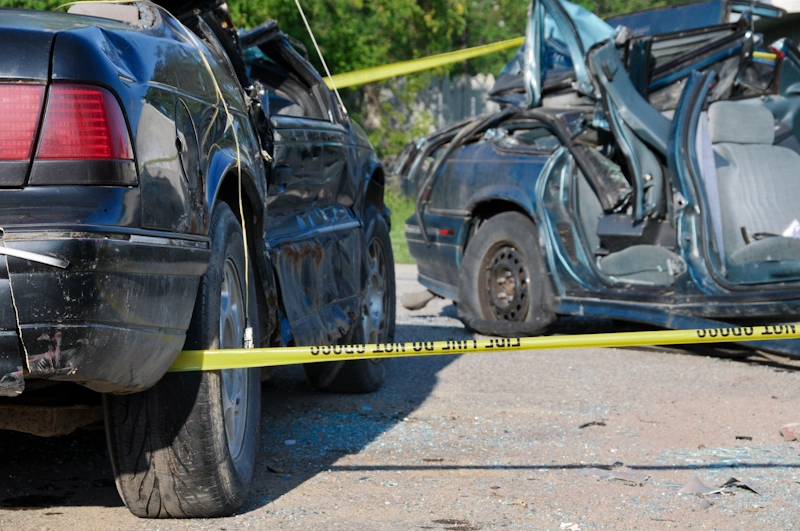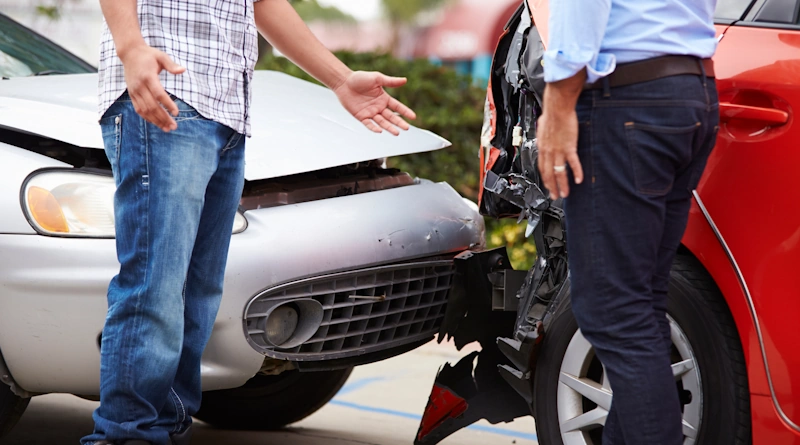- in Car Accident by
- |
- 0 comments
Key Factors Influencing the Value of Your Car Accident Claim in South Carolina

Wondering what the value of your car accident claim in South Carolina is? Knowing what your claim is worth can help you better anticipate what to expect following an automobile accident. Here, we will discuss the many factors that may affect the value of your claim in South Carolina.
To get detailed answers to your specific South Carolina automobile accident questions, we encourage you to contact our Rock Hill SC car accident lawyer.
Ask a Rock Hill SC Car Accident Lawyer: How are Car Accident Claims Calculated?
Car accident claims are valued based on a myriad of factors. The severity of injuries will play a pivotal role in compensation valuation. Other key factors may include medical expenses, the impact of any injuries on the victim's daily life, whether the victim lost their ability to continue earning income, and more. Once all these factors are taken into consideration, a claim amount estimate can be given.
Factors that Influence South Carolina Car Accident Claims:
• The severity of a victim’s injuries
• Total cost of medical expenses
• Wage loss
• Ability to earn income
• Damaged property
• Pain and suffering of the victim
• Insurance policy limitations
• Legal issues and comparative negligence
• Claim adjustments
• South Carolina's statute of limitations
Bearing this in mind, determining the value of your car accident claim may require assistance from an experienced personal injury attorney like those at the Law Offices of Brian Robert Murphy. To speak with a Rock Hill SC car accident lawyer, click here.
Contact the Law Offices of Brian Robert Murphy for Your Case Valuation Now
Understanding how compensation is determined can help you decide how to proceed if you were involved in an automobile accident in South Carolina. If you need help determining how much compensation you are owed, the Law Offices of Brian Robert Murphy are here for you.
At the Law Offices of Brian Robert Murphy, an experienced Rock Hill SC car accident lawyer can evaluate your case and answer your questions. Our Rock Hill SC staff can schedule a consultation for you, speak with adjusters on your behalf, and provide you with experienced legal guidance as you navigate the complexities of your claim valuation.
With attorneys who know which factors will influence your car accident claim on your side, you can focus on recovering and healing with peace of mind.
Top 10 Factors that Impact How Much a Claim Is Worth
Many factors can impact the final valuation of a claims case and how much compensation will be owed to victims when all is said and done. An experienced personal injury attorney like the Law Offices of Brian Robert Murphy can help to ensure victims are paid the full amount that they deserve. Here are 10 important factors to consider when estimating the value of a car accident claim in South Carolina.
1. The Severity of a Victim’s Injuries
One of the main factors that may influence how much a car accident claim is worth in South Carolina is the extent of the injuries sustained by the victims involved in the automobile accident itself. Severe injuries that cause long-term problems, lead to disabilities, or require extensive medical care tend to lead to higher valuations and ultimately, greater compensation amounts.
2. Cost of Medical Expenses
Medical expenses are another critical factor that will come into play in a car accident claim valuation. Accurate documentation of medical expenses will be needed during the claim-building process. This can include medical assessments and valuations, specific records from the hospital that treated the victim immediately following the accident, ambulance costs, doctor fees, prescription expenditures, rehabilitation expenses, and other similar medical costs from the accident.
3. Potential Wage Loss
Most automobile accidents result in time lost at work, and during recovery, you may find yourself with bills that cannot be covered. Lost wages are often calculated into a claim amount. Moreover, if any injuries sustained during the accident directly affect your ability to earn income in the future, potential earned income losses can be calculated into claim compensation valuations.
4. Damage to Property
Was your car damaged in the automobile accident? If so, the cost of replacing or repairing your vehicle may also be a significant component to factor into a car accident claim in South Carolina. Apart from actual repair costs, other considerations may also be included such as a vehicle's market value before the accident, its depreciation due to the accident, lost property inside of the vehicle, and other property damage claims.
5. Pain and Suffering
Quantifying pain and suffering can be complicated. However, your emotional and physical distress is a significant factor that should be considered when determining compensation amounts. Psychological trauma, the emotional toll of the accident, and the overall impact of the collision on your day-to-day life can play an important role in claim valuations. An experienced Rock Hill SC car accident lawyer can help you quantify and prove issues like pain and suffering before the court.
6. Insurance Policy Limitations
Insurance policy limitations should be considered as you build your compensation claim. If the at-fault party has an insurance policy limit or was uninsured, your compensation could be threatened and the overall amount recovered could be reduced. As such, pursuing compensation via uninsured motorist coverage may be necessary. If this is the case in your situation, it may be advisable to attain legal representation from someone like the Law Offices of Brian Robert Murphy as soon as possible.
7. Comparative Negligence
In South Carolina, comparative negligence laws could impact claim amount proportions. if you are found to be at fault for an accident, your claim could be reduced. To avoid this, speaking with a Rock Hill SC car accident lawyer may be prudent.
8. Claim Adjustments
The insurance provider of the at-fault party may attempt to speak with you before your claim is filed. In some instances, insurance claim adjusters will even try to use a victim’s answers to over-the-phone questions to reduce their compensation amount. The Law Offices of Brian Robert Murphy can speak with claims adjusters on your behalf to prevent your own words from being used against you to reduce your claim.
9. Statute of Limitations
There is a statute of limitations in place in the state of South Carolina that determines how long you have to file a compensation claim after your accident. Bear this in mind and be sure to file your claims promptly to prevent your compensation from being reduced.
10. Legal Knowledge
The amount of legal knowledge you have working in your favor may also determine the final valuation of your car accident claim in South Carolina.
Speak With Our Rock Hill SC Car Accident Lawyer Today
If you were injured in a car accident in or near Rock Hill, South Carolina, The Law Offices of Brian Robert Murphy can help you evaluate your case. To begin the process of building your claim, simply contact our firm over the phone during business hours or online at any time by clicking here or visiting https://www.brianmurphylawyer.com/











